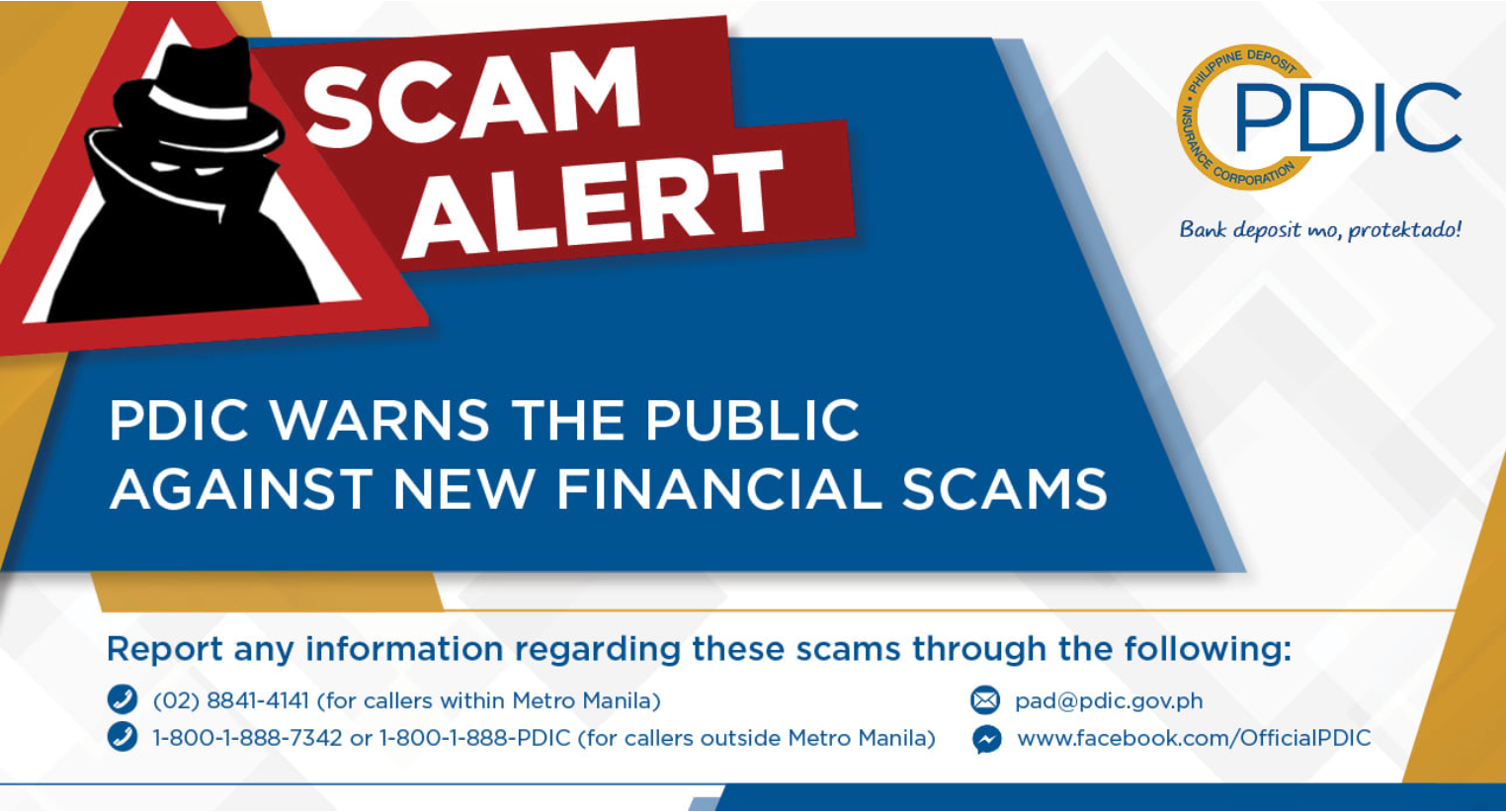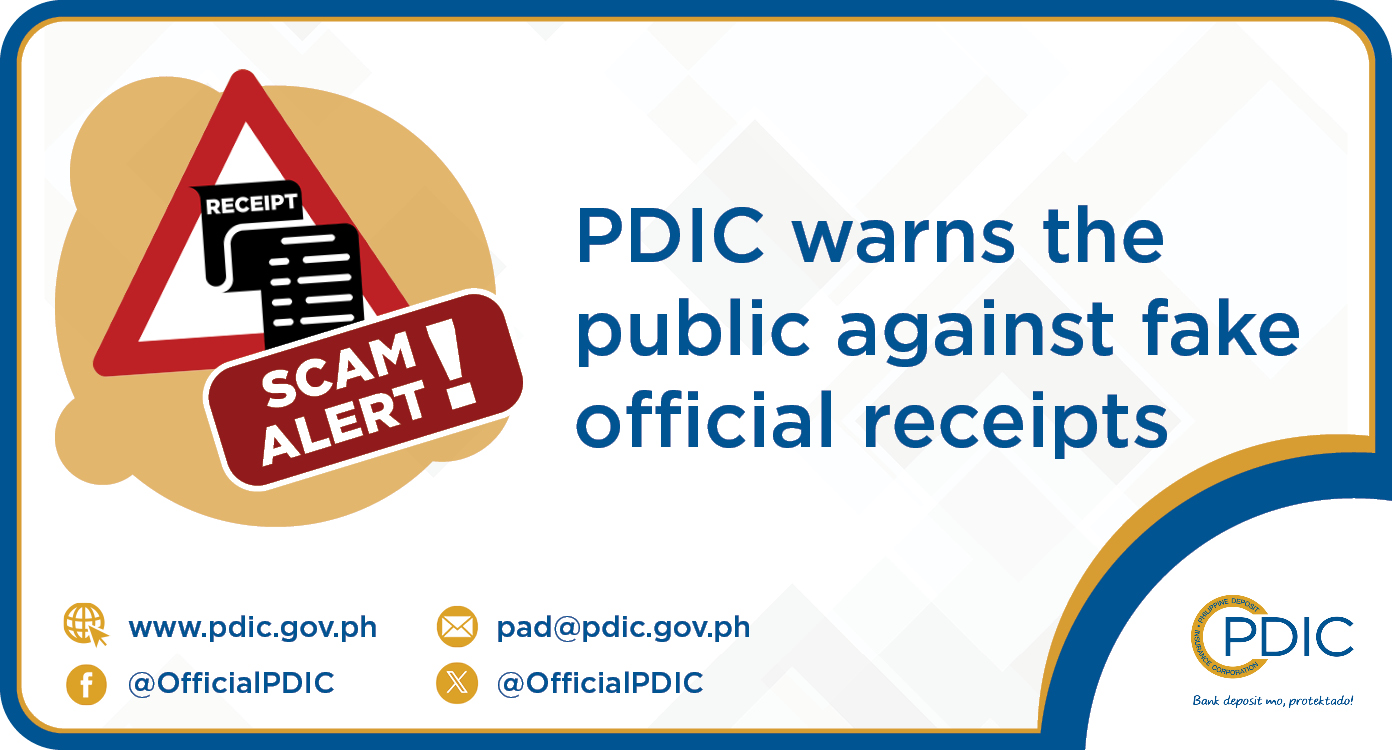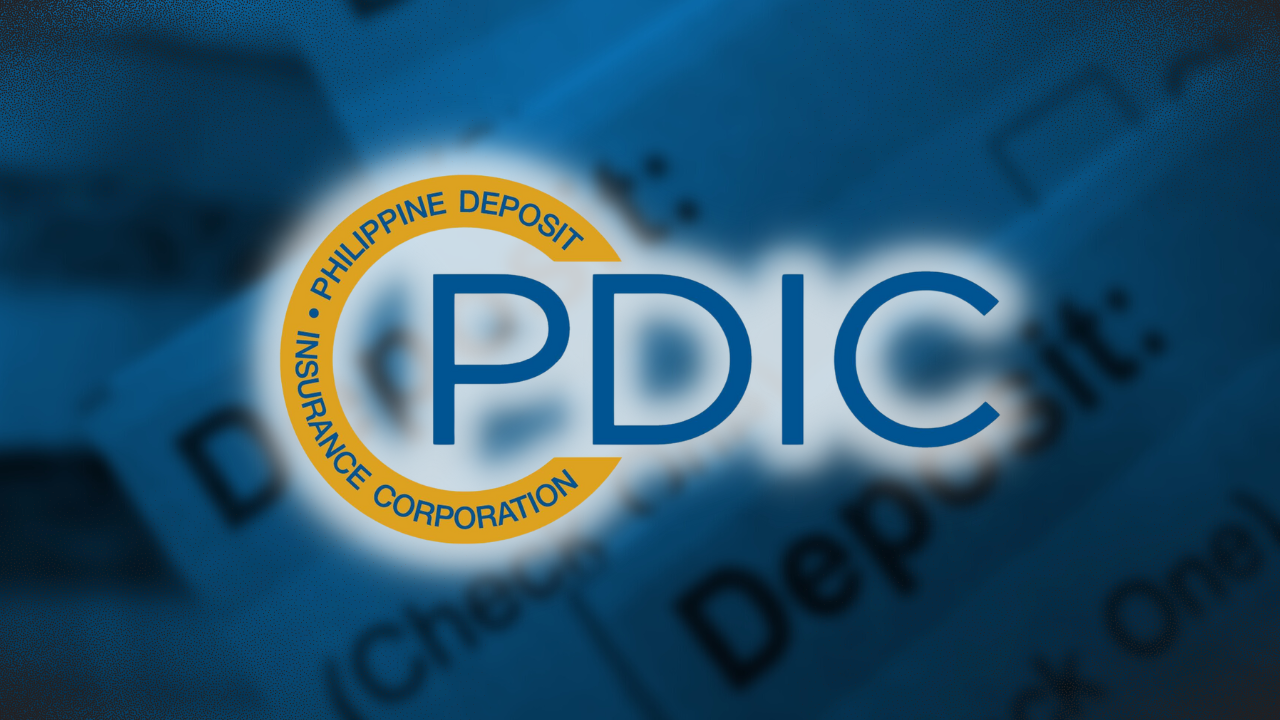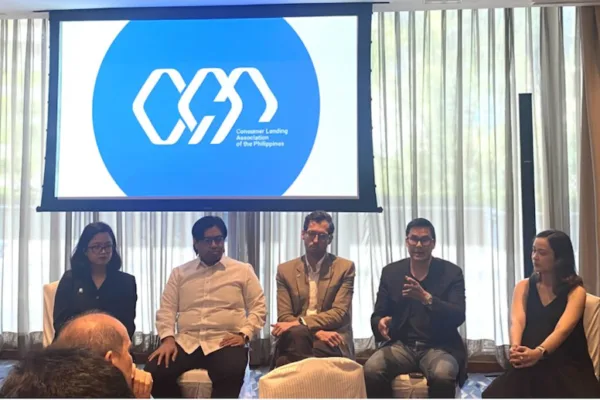By Edielyn Mangol, Reporter
Fake PDIC Receipts are making the rounds online, making it ever more important to learn how to detect and report scams. These forged documents, which falsely carry the name and logo of the Philippine Deposit Insurance Corporation (PDIC), are being used by scammers to collect bogus payments and mislead the public.
As the country’s deposit insurer mandated to protect the savings of millions of Filipinos, PDIC stresses that it does not issue receipts to the general public for deposit-related transactions. The agency has urged the public to remain vigilant, verify any documents claiming to be from PDIC, and report suspicious activities immediately to prevent further scams.
Fake PDIC receipts mimic official PDIC documents
The bogus/fake PDIC receipts reportedly imitate the design and format of authentic PDIC official receipts, complete with the agency’s name, seal, and signature-like elements.
People don’t usually anticipate that, as they go about their lives, they will be able to detect and report scams. Some versions also include fabricated reference numbers, transaction amounts, and false contact details to appear more convincing.
According to PDIC, these fraudulent receipts are often sent through unsolicited emails, social media messages, or messaging apps, while others are presented in printed form during supposed business transactions. Scammers typically claim the payments are related to insurance fees, processing charges, or verification requirements tied to deposit accounts.
What makes these fake PDIC receipts especially deceptive is their close resemblance to legitimate documents. Victims have shared that the layout looks professional, and the wording uses formal language that mimics the tone of real government correspondence. This gives scammers a false sense of authority, which they exploit to pressure individuals and businesses into paying fees.
These schemes are not just isolated incidents but are part of broader social engineering tactics aimed at exploiting the public’s trust in regulatory institutions. By using PDIC’s name, scammers attempt to bypass skepticism and gain quick compliance from targets.
PDIC’s call for vigilance and verification
The PDIC could not be more emphatic how important it is that people know how to detect and report scams of any type. To counter these fraudulent activities, PDIC is reminding the public that it does not collect payments nor issue receipts for insurance coverage of bank deposits. Insurance protection is automatically provided to depositors of member banks at no cost. Therefore, any individual or entity requesting payments using PDIC’s name should be treated as suspicious.
The PDIC advises the public to follow these steps when encountering questionable documents:
- Verify through official PDIC channels. Contact PDIC directly through its official website, customer service email, or telephone hotline to check if a receipt or transaction is legitimate.
- Cross-check receipt formats. Compare the document with samples of authentic government-issued receipts to spot inconsistencies in design, fonts, seals, or reference numbers.
- Report immediately. Forward copies or images of suspicious receipts to PDIC so the agency can investigate and coordinate with law enforcement authorities if necessary.
The agency also assures the public that it maintains strict internal controls over all documents it issues. Receipts used within PDIC operations are only given to banks and other authorized institutions, not to individual depositors. By strengthening verification measures, the agency hopes to prevent more Filipinos from becoming victims of fraud.
Impact of scams and how to stay protected
Failure to detect and report scams like these can have very grave repercussions. Falling victim to fake PDIC receipts can result in financial loss, data exposure, and reputational damage. Individuals may pay illegitimate fees believing they are complying with government requirements, while businesses may unknowingly accept or circulate fraudulent documents that could undermine their credibility.
There are also broader implications: scams like this can erode public confidence in the banking system and in the safety nets that protect depositors. If trust in institutions like PDIC is compromised, people may become hesitant to keep their money in banks, which can affect overall financial stability.
To avoid these risks, PDIC emphasizes the importance of preventive measures. Depositors and businesses should:
- Avoid transacting with unverified senders or unofficial channels.
- Demand original documents and cross-verify any claims before releasing payments.
- Educate staff and partners on how to identify legitimate PDIC communications.
- Regularly monitor PDIC’s website and social media accounts for advisories and updates on emerging scams.
Proactive awareness and strong internal safeguards are essential to keeping fraudulent schemes at bay. The public’s cooperation is crucial in helping the agency safeguard the integrity of the financial system.
Everyone should be able to detect and report scams
PDIC’s warning serves as a timely reminder of how vigilance and public awareness can prevent fraud. Its not so difficult to detect and report scams if people will just stay aware. By taking immediate steps to report and verify suspicious documents, Filipinos can protect not only their individual deposits but also the collective trust in the country’s banking system.
The agency reiterates its call for cooperation: anyone who encounters suspicious receipts or communications using PDIC’s name should report the matter promptly. Building a culture of verification and accountability will go a long way in deterring scammers and safeguarding the public’s financial security.













